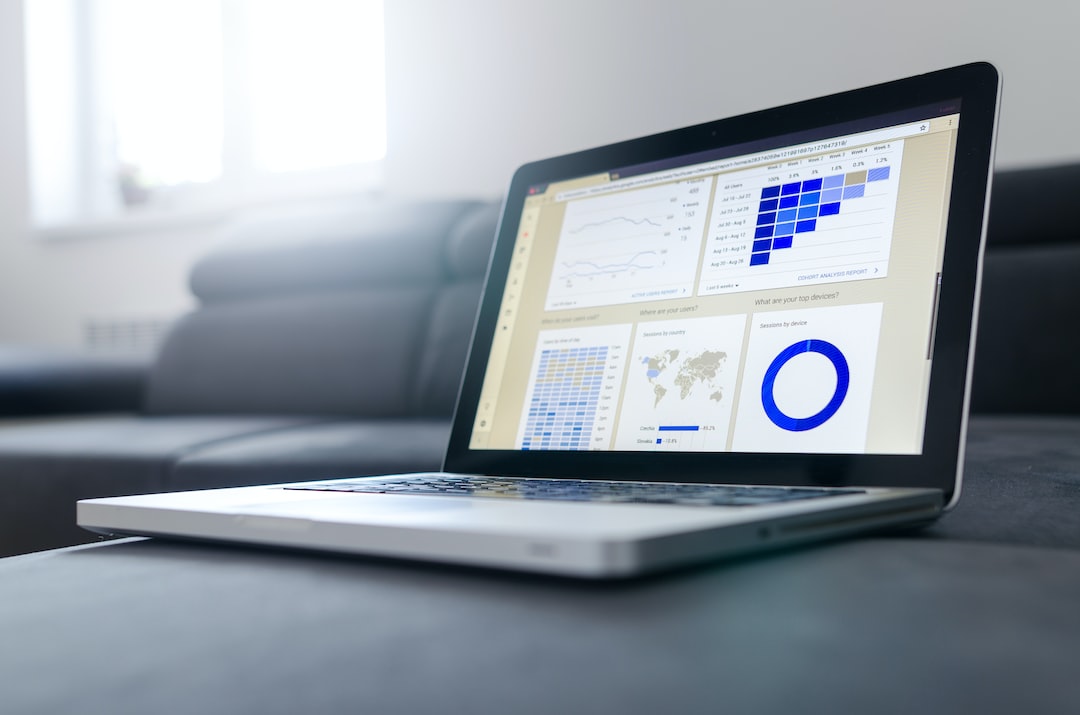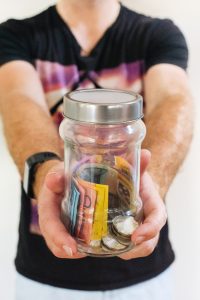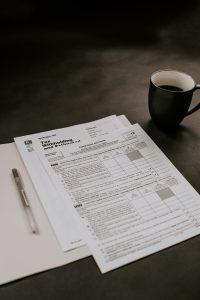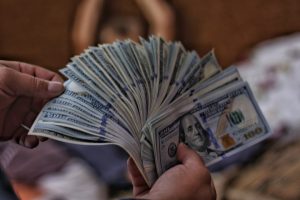The forex market is the largest financial market in the world, with an average daily turnover of over $5 trillion. It is a decentralized market, meaning that there is no central exchange or physical location where trading takes place. Instead, trading is conducted electronically over-the-counter (OTC) through a network of banks, brokers, and other financial institutions. As a result, the forex market is open 24 hours a day, 5 days a week.
However, just because the forex market is open 24 hours a day doesn’t mean that all trading sessions are created equal. In fact, there are certain times of the day when the market is more active and therefore more volatile, and other times when it is relatively quiet. Understanding these different trading sessions and their characteristics is crucial for forex traders looking to maximize their profits and minimize their risks.
The forex market is divided into four main trading sessions: the Sydney session, the Tokyo session, the London session, and the New York session. Each of these sessions has its own unique characteristics, including the currencies that are most actively traded, the level of volatility, and the trading volume.
The Sydney session is the first trading session of the day, and it begins at 10:00 PM GMT (or 5:00 PM EST). This session is relatively quiet, with low trading volume and low volatility. The only major currency pair that is actively traded during this session is the AUD/USD, as the Australian dollar is one of the most widely traded currencies in the world.
The Tokyo session begins at 12:00 AM GMT (or 7:00 PM EST), and it is often referred to as the Asian session. This session is more active than the Sydney session, with higher trading volume and higher volatility. The major currency pairs that are actively traded during this session include USD/JPY, EUR/JPY, and AUD/JPY.
The London session is the most active trading session of the day, and it begins at 8:00 AM GMT (or 3:00 AM EST). This session overlaps with the end of the Tokyo session, which leads to a spike in trading volume and volatility. The major currency pairs that are actively traded during this session include EUR/USD, GBP/USD, and USD/CHF.
The New York session is the last trading session of the day, and it begins at 1:00 PM GMT (or 8:00 AM EST). This session overlaps with the end of the London session, which leads to another spike in trading volume and volatility. The major currency pairs that are actively traded during this session include USD/CAD and USD/JPY.
It is important to note that the opening and closing times of each trading session may vary depending on daylight saving time. For example, during the summer months in the United States, the New York session will open at 12:00 PM GMT (or 7:00 AM EST) due to the time difference.
In addition to the four main trading sessions, there are also certain times of the day when the market is generally more active and volatile. These include the release of economic data, such as non-farm payroll reports, gross domestic product (GDP) figures, and inflation data. These events can have a significant impact on currency prices, and traders often look to take advantage of the increased volatility by placing trades before and after the data is released.
In conclusion, the forex market is open 24 hours a day, 5 days a week, but the level of activity and volatility varies depending on the trading session. Traders should be aware of the different trading sessions and the currencies that are most actively traded during each session in order to maximize their profits and minimize their risks. Additionally, traders should pay attention to economic data releases and other events that can impact currency prices in order to take advantage of potential opportunities.





